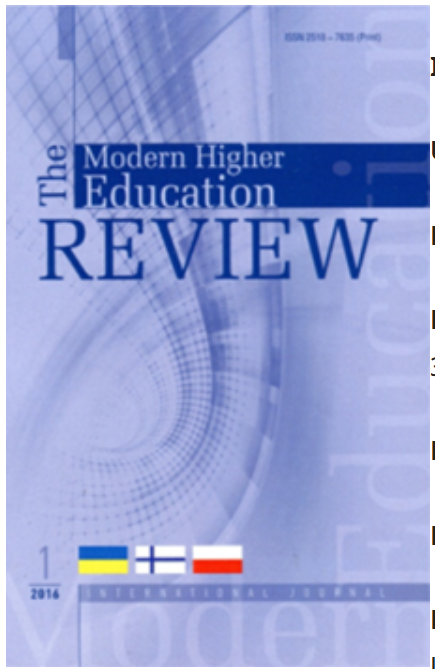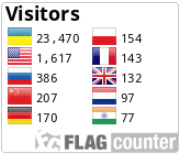ACTIVITIES IN CONSECUTIVE INTERPRETING TRAINING ONLINE AND OFFLINE
DOI:
https://doi.org/10.28925/2617-5266/2024.93Keywords:
consecutive interpreting training, basic practice activities, online and offline interpreting trainingAbstract
The article is devoted to the study of peculiarities of basic practice activities in Consecutive Interpreting training online and offline. Consecutive Interpreting is defined as a practical discipline with pre-interpreting exercises that are implemented to train key elements of Consecutive Interpreting technique. Examination of different approaches to Consecutive Interpreting training and at the same time, combining interactive and individual exercises in the models of training online and offline, combination of both models in future practices allow transforming Consecutive Interpreting training to dynamic and busy process mastering professional interpreting competences to achieve goals in training market-driven interpreters. Studying current practices in training Consecutive Interpreting with pre-interpreting exercises that provide voice practices, training fluency, improving listening practices as well as achieve goals training glossary implementation in practice and create powerful fundamental experience in basic practice activities to achieve goals in professional training.
Downloads
References
ABC News. By the Nimbers. Streaming wars#ABCNL #bythenumbers #streamingwars
Ehrensberger-Dow, M. (ed.), Göpferich S. (ed), O᾽Brien S. (2015). Interdisciplinarity in Translation and Interpreting Process Research. John Benjamins Publishing Company
Eser O. Understanding Community Interpreting Services (2020). / Palgrave Studies in Translating and Interpreting.
Gillies, A. (2019). Consecutive Interpreting (A Short Course). Routledge.
Hendrik, J., K., & Steurs, F. (2015). Handbook of Terminology (Volume 1). Edited by. / John Benjamins Publishing Company.
Interpreter Training Resources [Electronic resource]. – Access mode: http://interpreters.free.fr/.
Kelly, N. (2007). Telephone Interpreting: A Comprehensive Guide to The Profession. / Trafford Publishing.
Kriston, A. (2012). The Importance of Memory Training in Interpretation, Professional Communication and Translation Studies, 5(1-2), 79–86. https://sc.upt.ro/images/cwattachments/117_73d06efad7bc165168f65b9292579fa8.pdf
Mospan, N. (2023a). Trends in emergency higher education digital transformation during the COVID-19 pandemic. Journal of University Teaching & Learning Practice, 20(1), 50-70. https://doi.org/10.53761/1.20.01.04 (Scopus/Web of Science Core Collection).
Mospan, N. (2023b). Digitalisation of writing in higher education: the COVID-19 pandemic impact. Journal of University Teaching & Learning Practice, 20(2), 1-24. https://doi.org/10.53761/1.20.02.08
Pöchhacker, F. (2015). Routledge Encyclopedia of Interpreting Studies. Publisher: Routledge.
Rudvin, M. & Tomassini, E. (2011). Interpreting in the Community and Workplace (A Practical Teaching Guide). Palgrave Macmillan.
Setton, R., & Dawrant, A. (2016). Conference Interpreting (A Complete Course). John Benjamins Publishing Company.
Stachowiak-Szymczak, K. (2019). Eye Movements and Gestures in Simultaneous and Consecutive Interpreting. / Publisher: Springer Nature Switzerland AG.
Su, W. (2020). Eye-Tracking Processes and Styles in Sight Translation. Publisher: Springer.
Tang, F. (2018). Explicitation in Consecutive Interpreting. John Benjamins Publishing Company.
Valentine, M. (2019). Mastering memory: 75 memory hacks. M. Valentine (Ed). Althea Press.
Published
How to Cite
Issue
Section
License
Copyright (c) 2024 The Modern Higher Education Review

This work is licensed under a Creative Commons Attribution-NonCommercial 4.0 International License.













